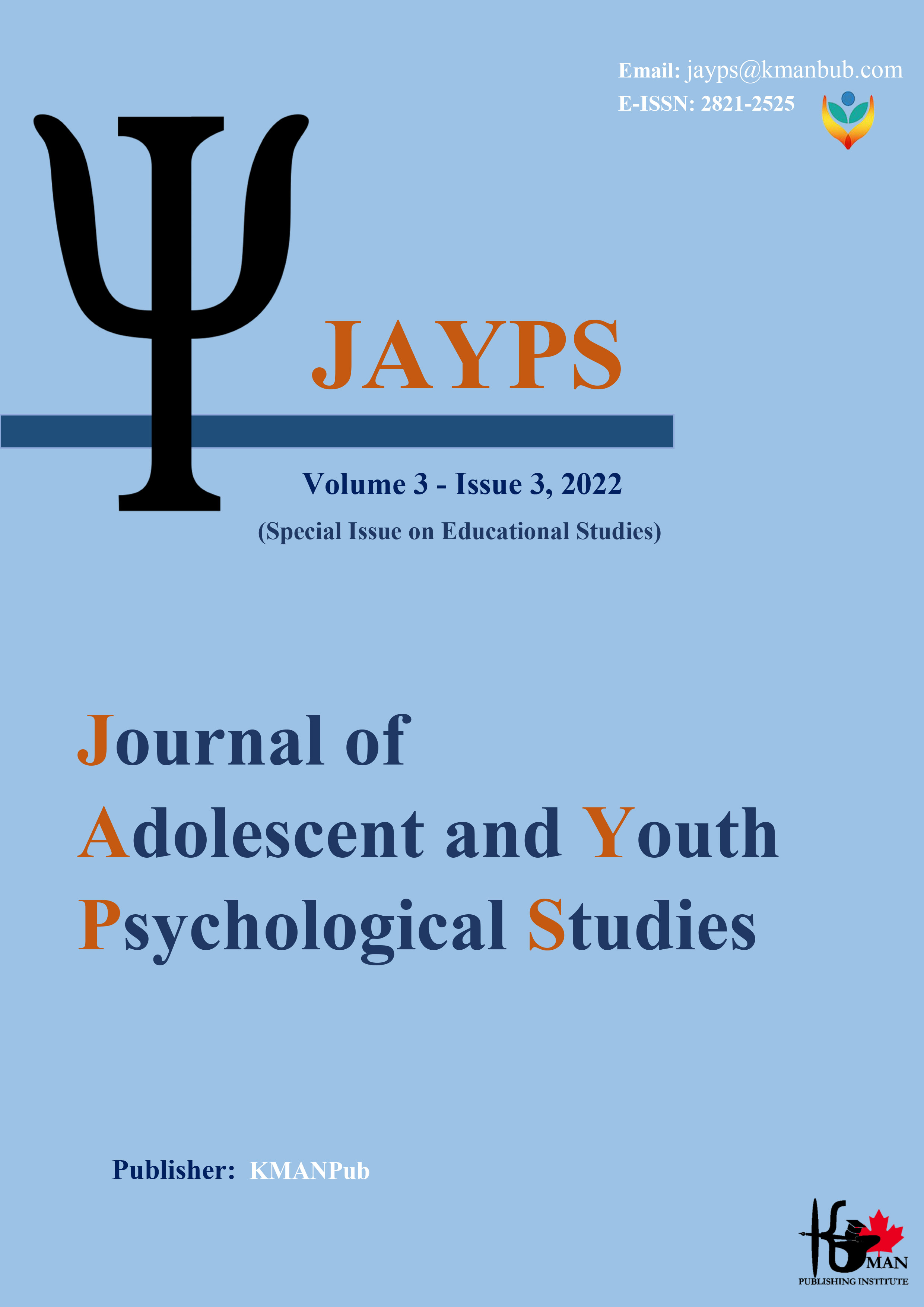Designing an Internet of Things-Based Learning Management Model to Improve the Math Problem Solving Ability of High School Students in Mashhad
Keywords:
Learning management, Internet of things, improving the ability to solve mathematical problemsAbstract
Background and Aim: The Internet of Things has many uses in education. However, one of the most important subjects in all educational levels is mathematics, which was specifically addressed in this research. Therefore, the purpose of this research was to design a learning management model based on the Internet of Things to improve the mathematical problem solving ability of secondary school students in Mashhad. Research method: The current research is applied in terms of its purpose, which was carried out with an approach mixed with an exploratory design and by combining qualitative and quantitative methods. In order to deeply investigate and understand more about the subject and the factors affecting them, in addition to theoretical foundations, interviews were used for better understanding and the grounded theory approach. Then a quantitative approach was used to confirm the qualitative results. In the qualitative part, in order to identify the components of the model, 12 experts from the scientific community and academic experts were interviewed in the field of research. Results: The results of the qualitative part showed that the model includes 75 major categories (resulting from open coding), 10 core categories (resulting from axial coding) and two main categories (resulting from selective coding). In the quantitative section, a questionnaire containing 51 items was prepared and given to 384 secondary school students in Mashhad. The results of this section showed that there is a significant relationship between learning management based on the Internet of Things and the ability to solve mathematical problems. Conclusion: The results showed that the effectiveness of the variable components of learning management based on the Internet of Things (in order of technical and systemic infrastructures, measurement and evaluation, educational content, support (technical, financial and legal) and educational method) and the variable components of solving ability It is a mathematical problem (in the order of testing hypotheses, making hypotheses, gathering information, defining the problem and drawing conclusions).
Downloads
Downloads
Published
Issue
Section
License

This work is licensed under a Creative Commons Attribution-NonCommercial 4.0 International License.









